Celtic have a connected yet complicated history with Hibernian. Some fans have a soft spot for one another, but these are few in number. The more common feeling is one of indifference or dislike between the clubs these days. Certainly, both sets of supporters will be hoping for nothing less than three points next Monday evening!
The first point of contention surrounds Celtic’s founding. The accusation has often been that Celtic simply copied Hibernian, having been encouraged to do so after the Hibee’s Scottish Cup triumph in early 1887. A jubilant reception was held in St Mary’s Church Hall in the Calton that day, and various quotes are reported to have been said by John McFadden (Hibs Secretary) and Dr John Conway (one of Celtic’s founding fathers). These quotes were to the effect of McFadden encouraging those in attendance to “go and do likewise” (establish a football club for the Irish community in Glasgow), with Conway speaking very keenly of the idea “not only for social but for political matters as well, so that the goal of every Irishman’s ambition – legislative independence of his country – will soon be attained.”
The success of Hibernian, and that occasion at St Mary’s, certainly played a major role in the emergence of Celtic Football Club later that year. The gauntlet had been laid down by McFadden, however, other factors cannot be forgotten.
Brother Walfrid and Brother Dorotheus had already been hosting charitable football matches to support the Penny Dinner Scheme, which they operated within The Poor Children’s Dinner and Breakfast Tables (at St Mary’s and Sacred Heart schools). A mark of the problematic overgrowth of the scheme was that Sacred Heart provided 48,500 dinners and 1,150 breakfasts in its debut year. Added to this huge level of service was the fact that the school capacity had quadrupled and was to educate over 1,200 pupils for the school year of 1886. Similarly, St Mary’s started the first six months of 1886 by serving 26,421 meals to students, 17,707 of which were free of charge. Rather than make the suggested donation of a penny compulsory, the decision was made to reach out to other aspects of social assistance.
The Marist Brothers soon branched back into football having seen the enjoyment that not only their pupils, but the working class people of Britain had got from playing the sport. The pair set up youth football leagues for former and current pupils of each school, whilst Walfrid also founded a few teams of his own, which were associated with his other community organisations, including one outfit born from the literary society that he had developed for local Irish linguists.
Walfrid had already invited Edinburgh Hibernians to travel to the east end of Glasgow on 26 September 1885, where a reserve team fulfilled a charity game against a junior club named Glasgow Hibernian. After that match, the Edinburgh side were fed and entertained by the St Vincent De Paul Society at St Mary’s Church Hall. The initial match had been disappointing. On the park, Edinburgh Hibernians won 6-0 and off it a small amount of money had been raised.
Undeterred, it was on a mid-May afternoon in 1886, that Brother Walfrid managed to get Harp of Dundee, one of approximately 40 Irish teams in Scotland at the time, to accept Clyde’s invitation of a charity match at their former home pitch – Barrowfield Park. Harp of Dundee stole the win with a late goal to make the score line 2-1 in their favour. This time the match’s fundraising success was resounding. All proceeds from the event went towards The Poor Children’s Dinner and Breakfast Tables. Therefore, it was fitting that both teams were invited to Sacred Heart School for a post match meal.
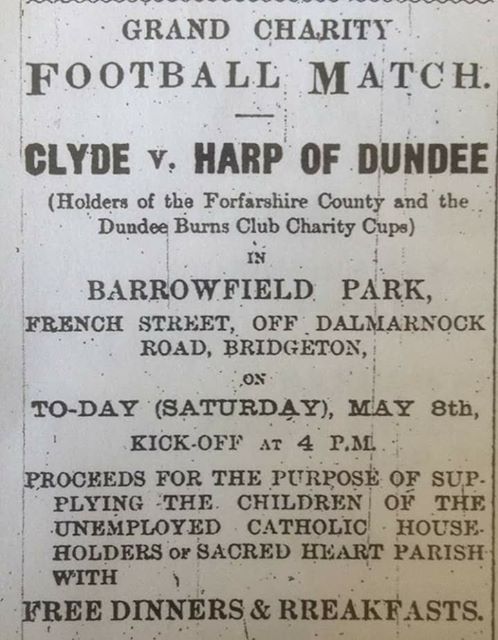
The Marists organised a further match on 18 September 1886, with Walfrid’s Eastern Rovers visiting Glengarry Park to face a St Peter’s Parish team that he had also become involved with, named Columba. Funds continued to roll in thanks to a crowd of over 1,000 on that occasion.
Interestingly, John Glass (who would later become the founding father who Willie Maley claimed Celtic owe their existence) had formed a club named Eastern Hibernians, who also locked horns with Columba in this period, thus bringing Walfrid, Dorotheus and Glass together within the footballing arena.
Another team of note at this time was Western Hibernians, who played in exhibition matches and were also instituted to The Poor Children’s Dinner and Breakfast Tables. The Western Hibernians donned white shirts, black shorts and green and black hooped socks. In an exhibition match in February 1888, they fielded no fewer than seven of the 11 players who would play in Celtic’s first match three months later!
These events outline some of the key happenings as a precursor to the founding of Celtic Football Club. One of the final pieces in the jigsaw, serving as confirmation to the idea, happened through a stroke of good fortune…
A charity exhibition match was organised at Glengarry Park on 26 May 1887. This time it was evident that Brother Walfrid and an embryonic committee of men, who would go on to found Celtic, were behind the match. The organisation was much better than previous charity games in Bridgeton. A trophy had been offered up to the winner, which enabled the clash to be labelled ‘The East End Catholic Charity Cup’. A major coup was also secured, when the competing teams were announced as Edinburgh Hibernians and Renton. The magnitude of this contest should not be understated, for Hibernian were Scottish Cup holders; whilst Renton held the Glasgow Merchant’s Charity Cup (the cup committee invited some teams located on the periphery of Glasgow to compete) and Dunbartonshire Cup trophies.
The improved planning paid off when 12,000 fans paid entry to the fixture, a larger crowd than that which attended the Scottish Cup Final three months earlier. The score finished 1-1, meaning a replay and another pay day beckoned. The replay was penciled in for the beginning of the new season, on 6 August 1887. A reduced, yet respectable crowd of 4,000 arrived excited at what lay in store. They weren’t disappointed as Neil McCallum, who would go on to score Celtic’s first ever goal, struck the net five times in a 6-0 win for Renton.
Following the match, the Renton and Hibernian parties were cordially invited to the Sacred Heart Boys Club for a post-match reception. There, it was revealed that the combined crowds of 16,000 over the course of the two games, had raised some £120 (equivalent of £15,000 in today’s money) which was primarily donated to The Poor Children’s Dinner and Breakfast Tables, but was also dispersed among charities in Edinburgh and West Dunbartonshire.
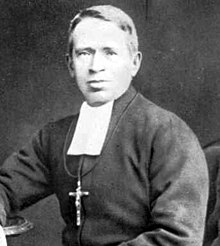
The Sacred Heart parish had witnessed a revolution of football for good. The football became a leather tool introduced to local school playgrounds as a means of encouraging educational attendance, whilst the charitable fundraising power of the sport had confirmed the convictions of those behind the foundation of Celtic. From this point, nothing could stop the founding of Celtic Football Club in November 1887.
It is evident that Hibs played a massive role in Celtic’s birth. The Bhoys were born out of a need to support The Poor Children’s Dinner and Breakfast Tables, and the idea of using football to do so had been explored by Walfrid, Dorotheus, Glass and others. However, Hibs’ fantastic example, encouragement at the triumphant reception in St Mary’s, and assistance at every step was an essential factor in making the dream a reality.
Look out for Part 2 tomorrow morning as we explore some of the differences between the ideologies of each club at the outset.
Liam Kelly
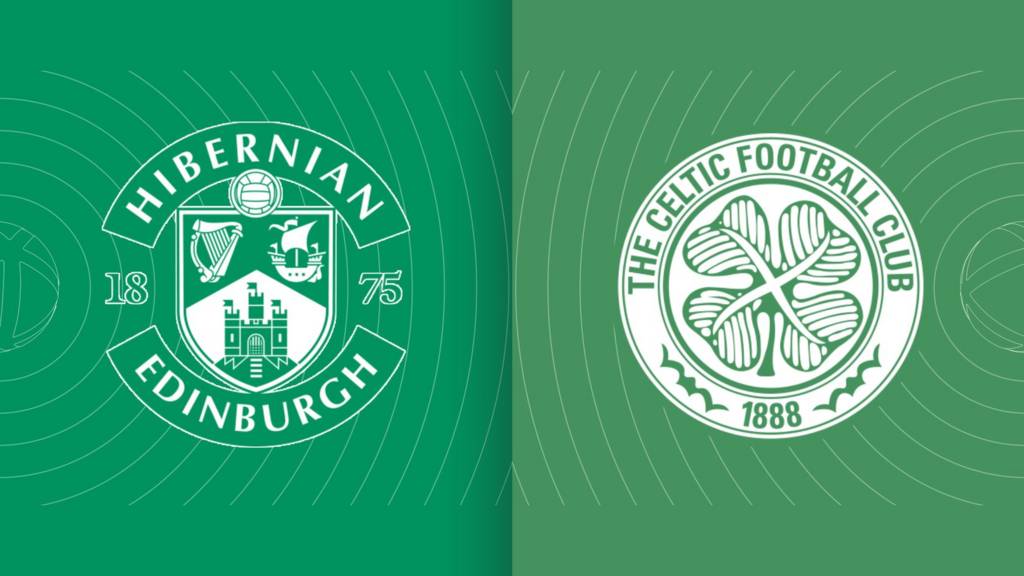
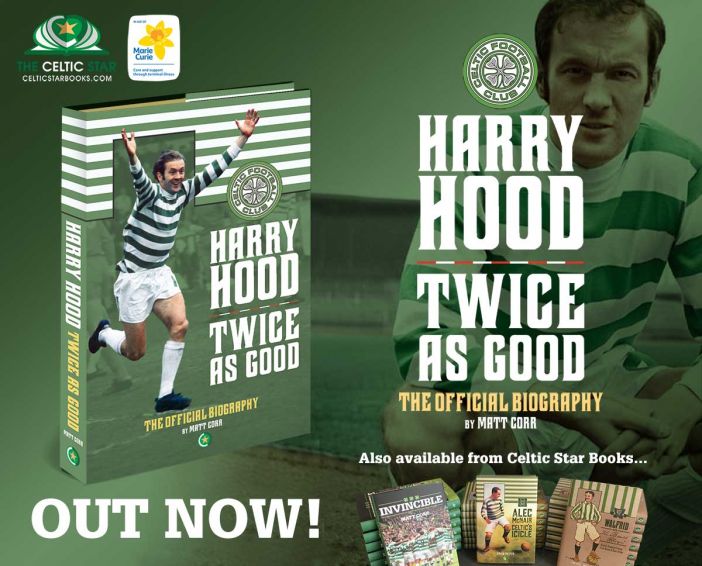
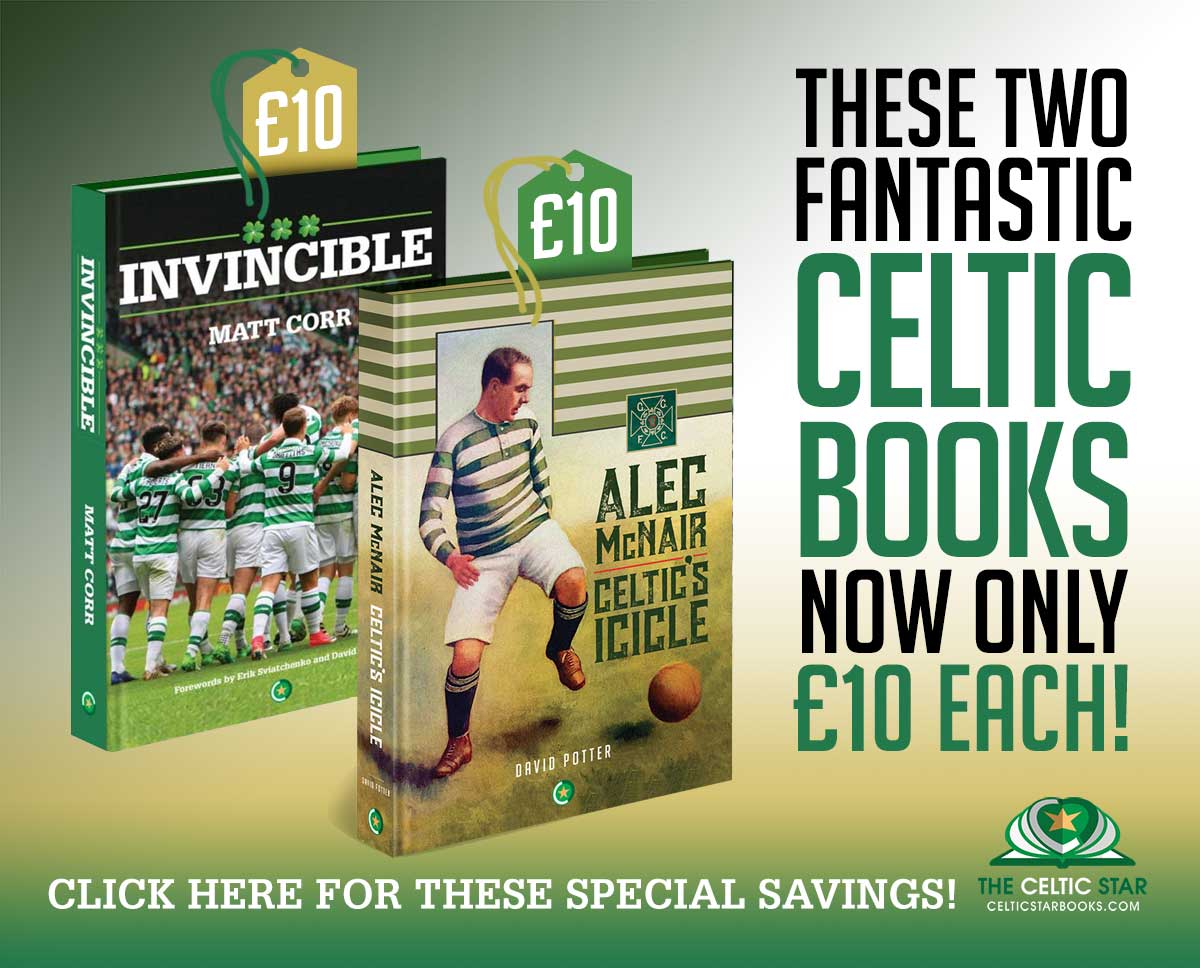
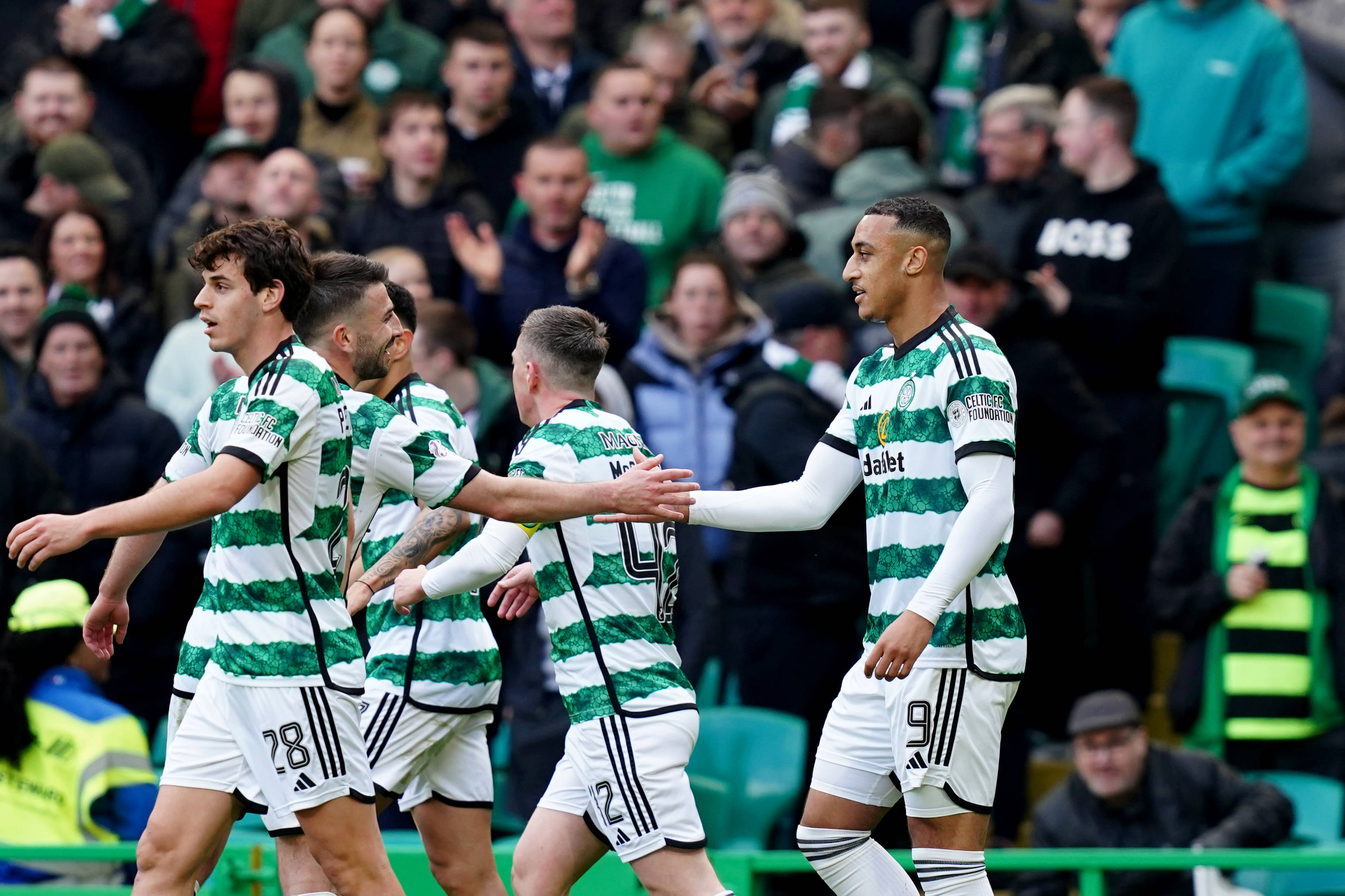
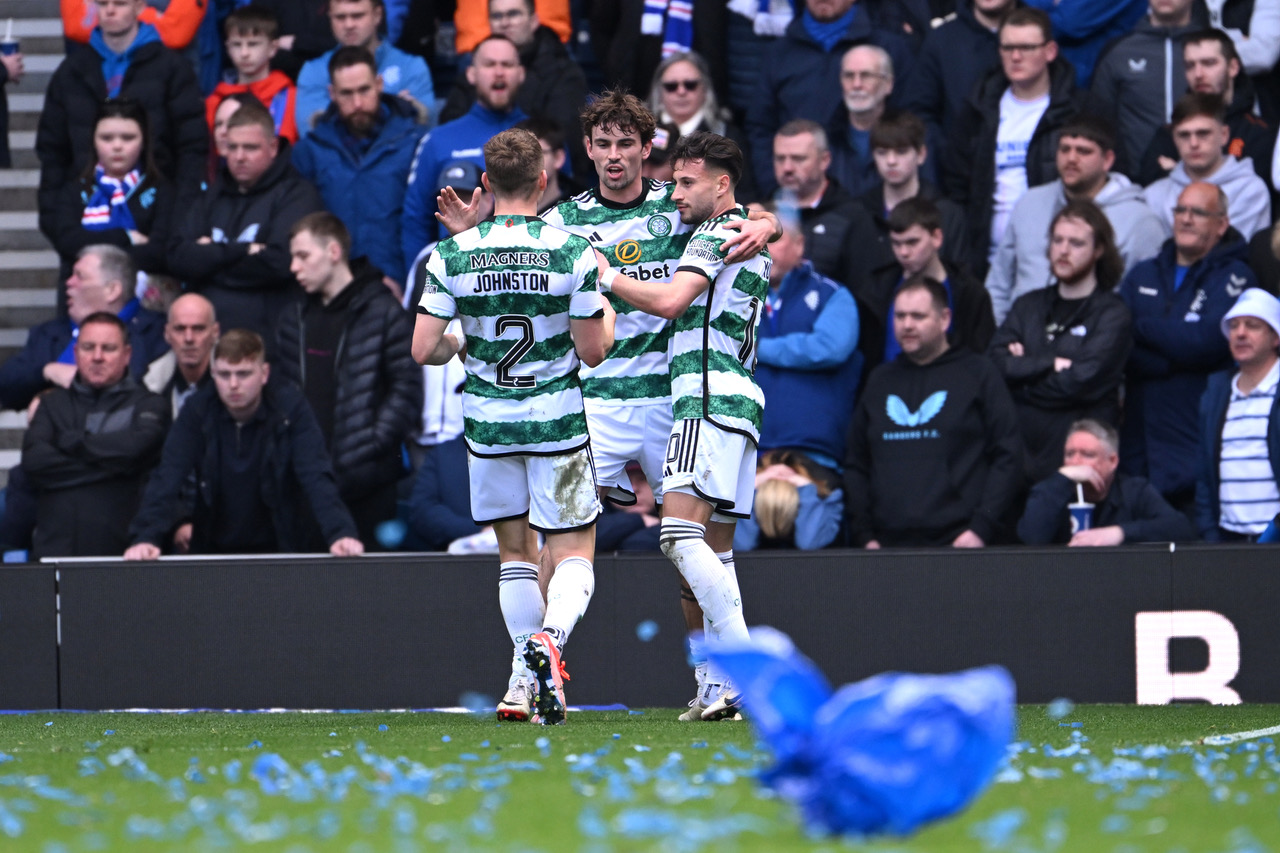




Great stuff, Liam! Hibs’ winning of the Scottish Cup in 1887 was a great motivation in that it showed that the Irish COULD be successful in Scotland. Previously I feel that the Irish had a sort of slave mentality which might have turned dangerous. I often give Glass, Maley, Kelly and others a lot of credit for preventing a lot of the social unrest of the type that we saw in the USA in the 1960s.
As a side note, when asked my favourite Scottish Cup final, there are plenty to choose from and I can mention 1965, 1969, 1972 and the two Dundee United ones in the 1980s – and these are only the ones that I have seen, let alone Patsy Gallacher and Jimmy Quinn! – but sometimes I am inclined to include 2016 as well, but maybe it has a lot to do with who the beaten finalists were as well!
I look forward to Part 2
Thanks David. Haha I wouldn’t go as far as to say it was among my favourites as Celtic weren’t involved, but I do remember thoroughly enjoying the outcome, the pain across the city and being shocked at the fighting on the pitch as it seemed like it could never happen again after 1980. Was also great for the hibs fans and their rendition of sunshine on leith was incredible
As a home and away Hibs fan, I found Part 1 a interesting read, look forward to Part 2.
As is often said, there is more that unites us than divides us.
Thanks Mark. Glad you enjoyed it and hope the remaining parts are of interest. The little known story of the vote denying Hibs promotion is included in Part 4 I think.
I read that, worth digging more into Celtc’s incitements of Hibs players in 1887/88 and Glass’s involvement. Good work, assume you have read the Lugton books on Hibs? As a great grandson of little Ireland in the Cowgate, I am fiercely proud my teams history.
More than Glass were involved in these practices among the Celtic committee, but he was the one with the best silver tongue to match his heavy wallet. I read the books some time ago and did a lot more digging online. Obviously my main interest is with Celtic, but I figured it was importantly to learn Hibernian’s history to a certain extent given the importance of the Hibees in our foundation. I also found it interesting. That’s great that you have such a connection to the club. For a small community the Cowgate is quite incredible to have produced Hibernian Football Club and one of the most famous political figures in Irish history!